How to avoid decluttering resentment and 'take the sting out' of the task – 10 ways to hack your brain for successful, stress-free streamlining
Change your mindset to make this task more manageable

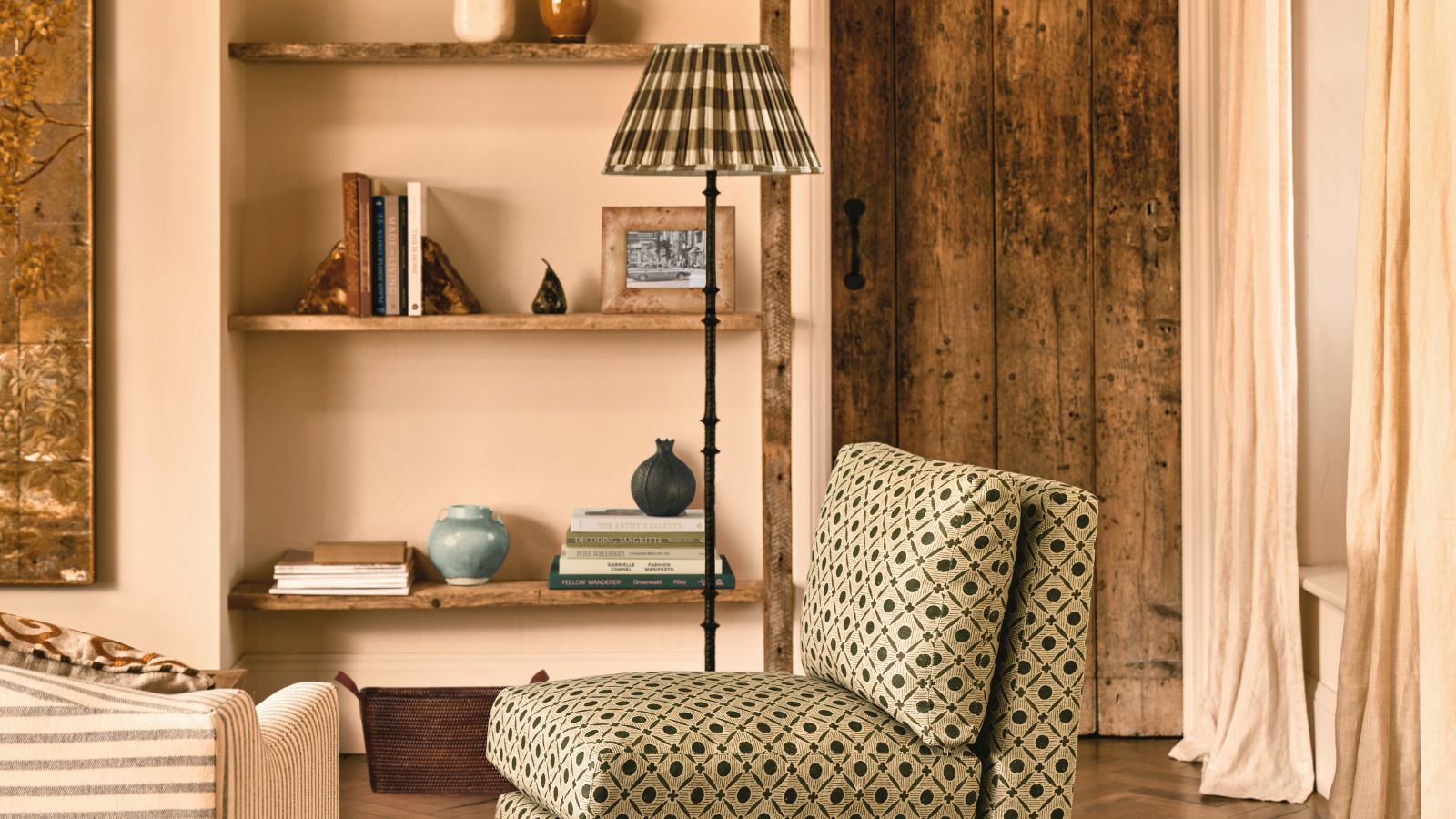
Decluttering resentment is not uncommon. While the act of clearing clutter is meant to bring a sense of relief and clarity, for some, the process itself can stir up unexpected emotions including guilt and frustration.
So, how do you go about avoiding decluttering resentment to make the task something you can, at the very least, tolerate, if not enjoy?
We spoke to professional home organizers to learn more about how to avoid decluttering resentment and hear their suggestions for the best decluttering methods to make it a more positive and sustainable experience.
How to avoid decluttering resentment like a pro
It is easy to not enjoy decluttering a home when you feel overwhelmed, but when does this slide into decluttering resentment?
Dr. Regina Lark, home organizing and productivity expert, begins, ‘I think a lot of people resent decluttering because it feels like a judgment of who they are or who they used to be, so I often see shame, overwhelm, and decision fatigue baked into every pile.'
It can also uncover difficult emotions about decluttering the belongings of your fantasy self (the person you wished or hoped you would one day have time and motivation to be) that need streamlining.
‘But here’s the good news,' Regina says. 'Clutter is often the result of weak executive functioning skills (planning, prioritizing, emotional regulation, time management), and not laziness or moral failure. And so, I think if cluttery people can embrace that fact, it’ll take the sting out of the whole transaction.
Design expertise in your inbox – from inspiring decorating ideas and beautiful celebrity homes to practical gardening advice and shopping round-ups.
'It’s also a form of self-care for your present and for your future self,’ Regina adds. ‘I always encourage people to trust themselves more – that they can get it done, and they aren’t going to make any life-altering mistake if they let go of something accidentally.’
1. Realize you are in control
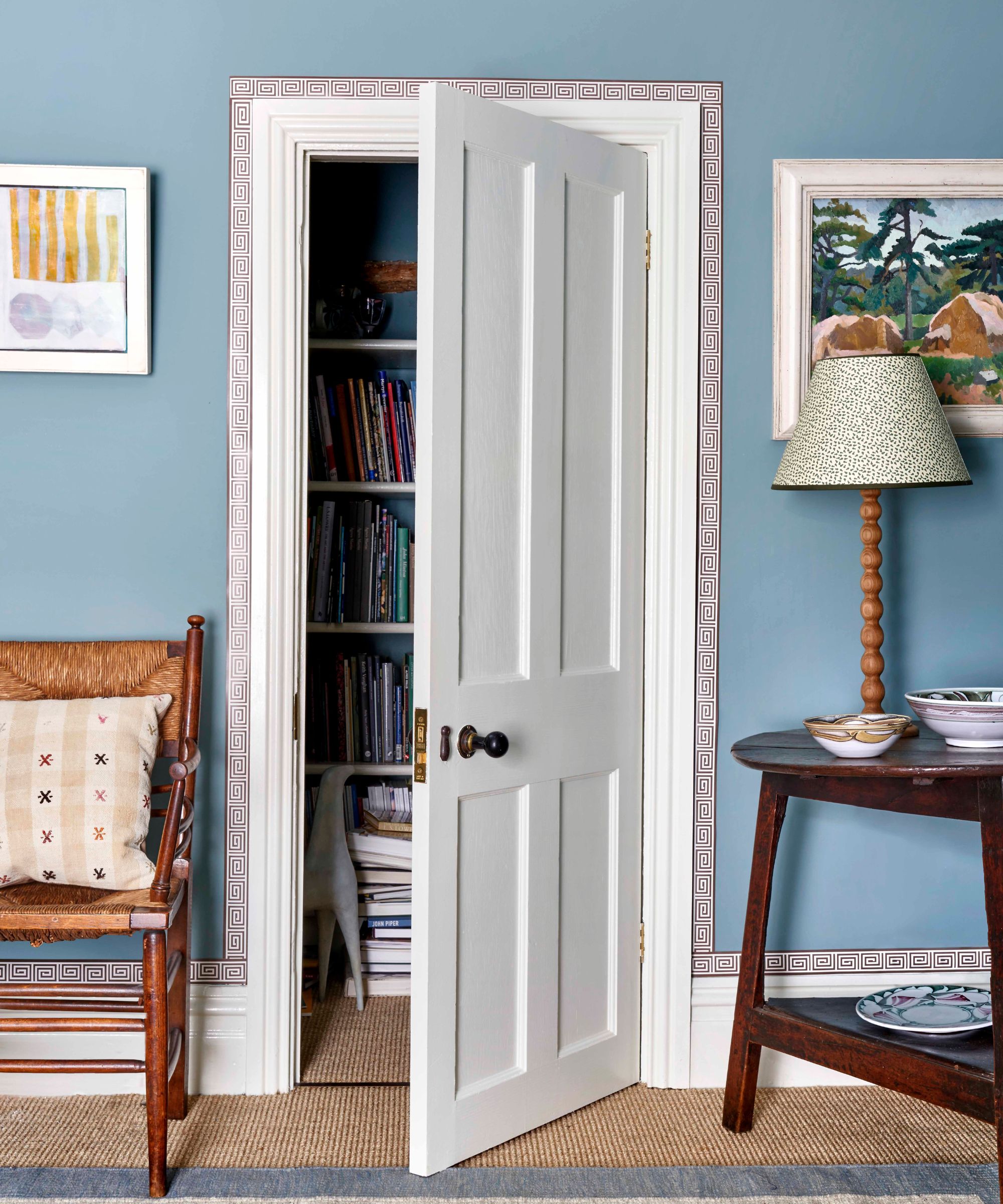
Take the task at your own pace.
One of the most important steps to staying focused when decluttering is to remember that you are in control of the situation, not your clutter, begins Audra George, professional home organizer and founder of Pretty Neat Oklahoma.
She reminds us, ‘Realize that you are in control and get to make decisions for your home. You are also in control of the timeline. No one else. You do what makes sense for you. Start small. One drawer, one shelf at a time when decluttering. Also, start with less sentimental items and work towards the more difficult items for you to make decisions on.’
Brenda Scott, home organizer and owner of Tidy My Space, agrees, adding that to set yourself up for a successful decluttering session, you also need to ‘Give yourself lots of time. Rushing a decluttering session will only lead to frustration and anger. Decide where to start and don't move to another area or category until it's completed. Completed space means: donations are in the boxes/bags in the car or staged to go. Keep items are put in place and tidy.
‘If you rush through and jump from space to space, your home will look like a tornado whipped through it and take more time to clean up.’
Investing in something as simple as a digital decluttering therapy planner, from Etsy, or even a physical gratitude journal, from Target, can help you put a concrete plan in place to refer back to and help to quiet your racing mind during decluttering.
2. Delay decisions (slightly)
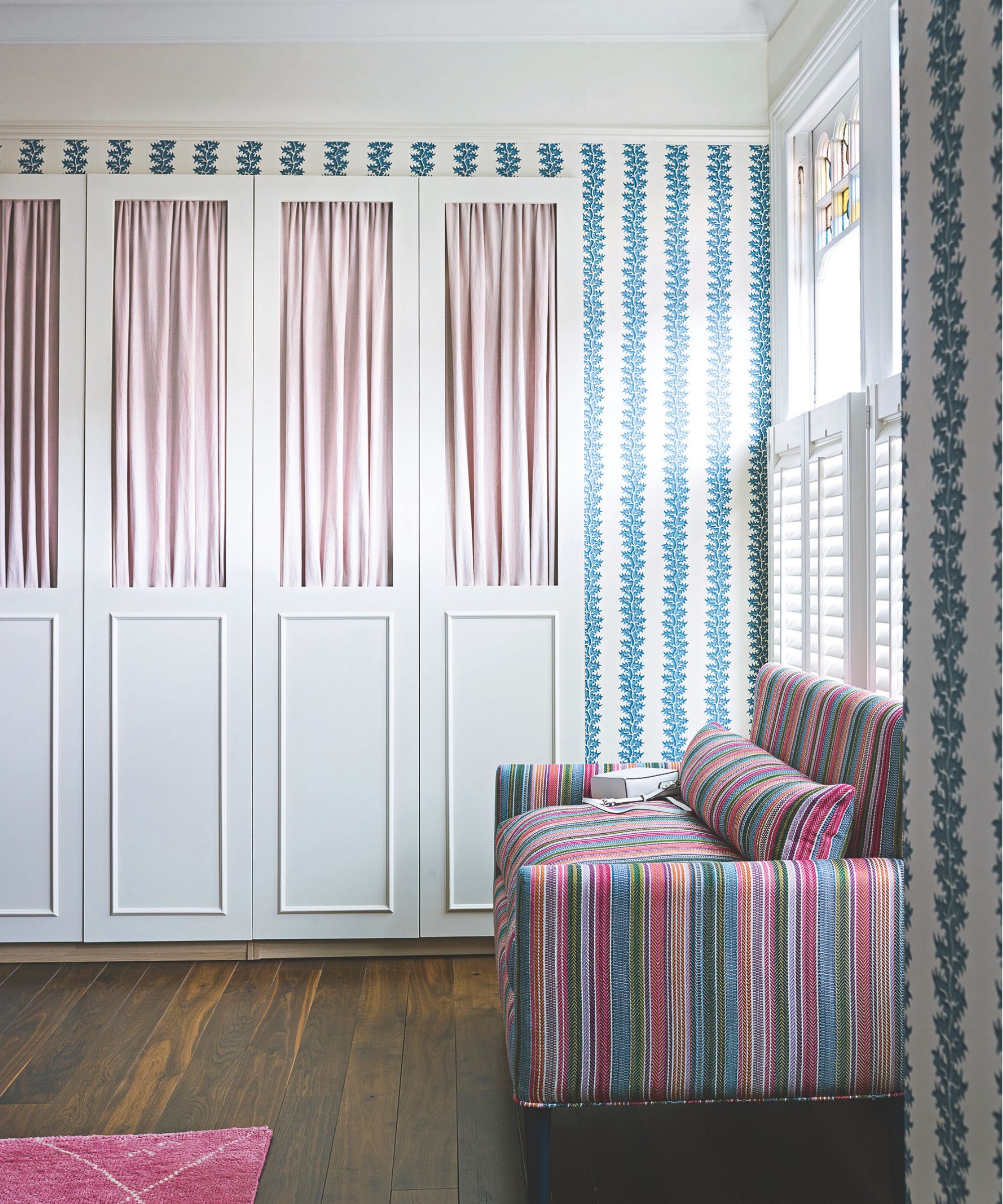
You can delay some decisions to make progress steadily.
Although the general guidance is to ditch the maybe pile and declutter, leaving some tougher decisions until later can help you overcome a decluttering roadblock and avoid decluttering resentment.
Audra continues, ‘If you are not sure, don't get rid of the item right now. Don't get bogged down and stressed out. Move on to easier items and you can always declutter the item at a later date if needed. Ask yourself questions when decluttering, like, is this particular item serving me? Would I buy it again if I did not already own the item? Answers to these will help you see things clearly.’
For those items you can’t decide on, consider using an approach such as the expiry decluttering method, where you put them in a box (such as this beautiful woven basket from Target) and assign an ‘expiry date’. If by that date you haven’t used the items, you have a good idea of what to toss out.
3. Close your circles

Take it room-by-room, or even drawer-by-drawer.
A common decluttering mistake that often leads to decluttering resentment is trying to do too much too soon.
Carroll Cartwright, expert home organizer and founder of Houston-based Neatly & Co., suggests, ‘Go area by area and finish one space before moving on to the next. Even within a room, stay focused. If you’re editing your bathroom, handle all the makeup before touching the hair tools.
‘The goal is to create a sense of completion instead of jumping from pile to pile. This helps create a sense of accomplishment vs. becoming overwhelmed and builds momentum so you move onto other areas.’
The Ski-Slope organizing method helps to break down rooms into zones for easier decluttering. It uses a laundry basket (I love the Joseph Joseph folding laundry basket, from Wayfair) to move items to their correct homes and make it easier to toss out trash and other clutter.
4. Set expectations based on energy
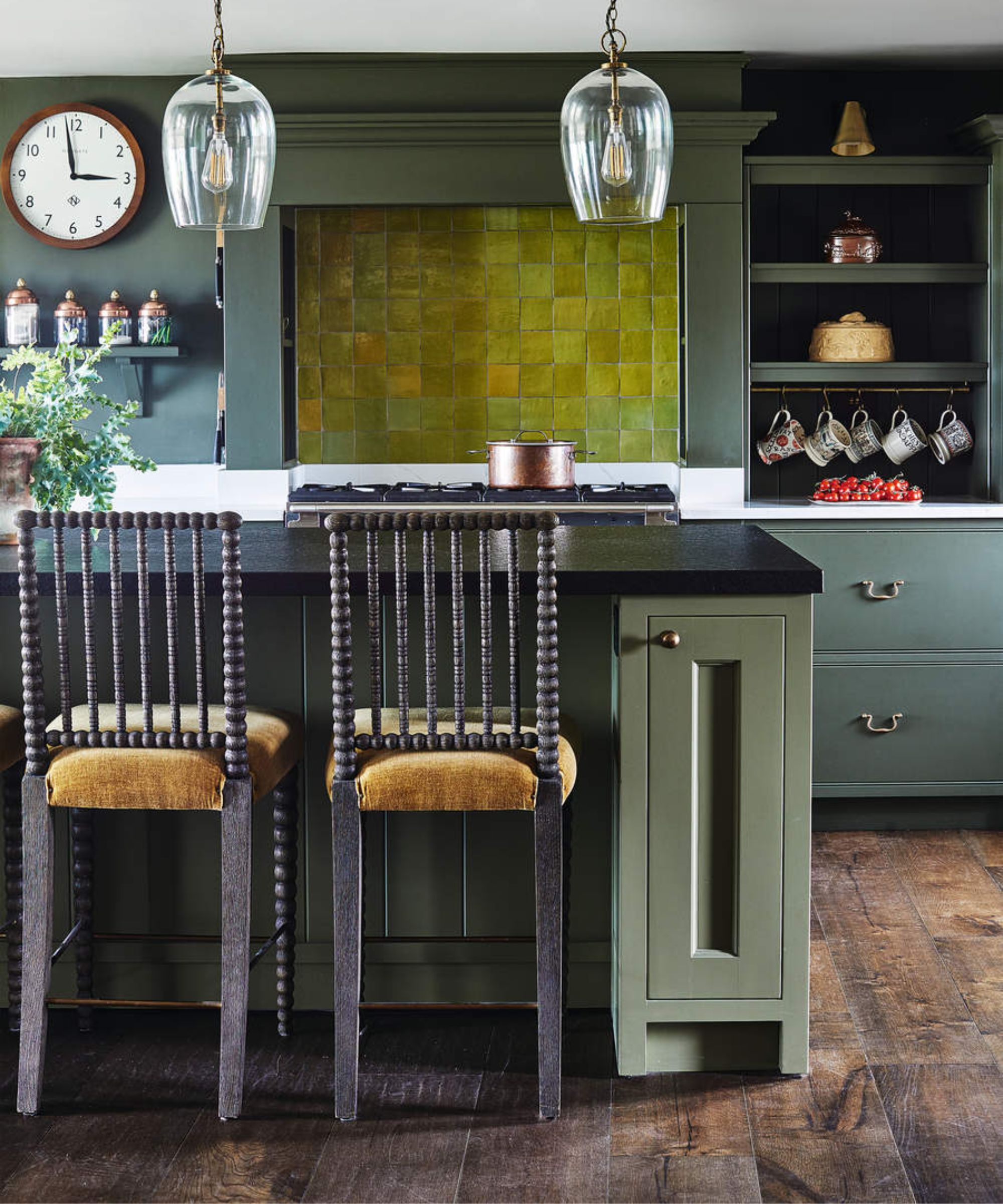
Manage load limit every day to prevent burn out.
The number one decluttering golden rule for avoiding decluttering resentment is to take the task day by day.
Carrol explains, ‘Not every day is the day to tackle the garage. If you only have 20 minutes, pick a drawer. If you have an open weekend or the house to yourself, that’s the time for bigger zones. The key is to match the project to the moment instead of pushing through burnout.’
This is also helpful to remember when decluttering with health challenges.
5. Ditch perfectionism

Don't set goals based on other homes.
Regina suggests, ‘Don’t wait for the perfect storage solution or the right mood, or you’re convinced that your unwanted item needs to go to the right person. Progress beats perfection. Let good enough become your solution.’
Ditching housekeeping perfection for ‘good enough’ can be tricky, so try to avoid comparing your home to your friends and families, or homes you see online, to make the process easier.
6. Ask for help
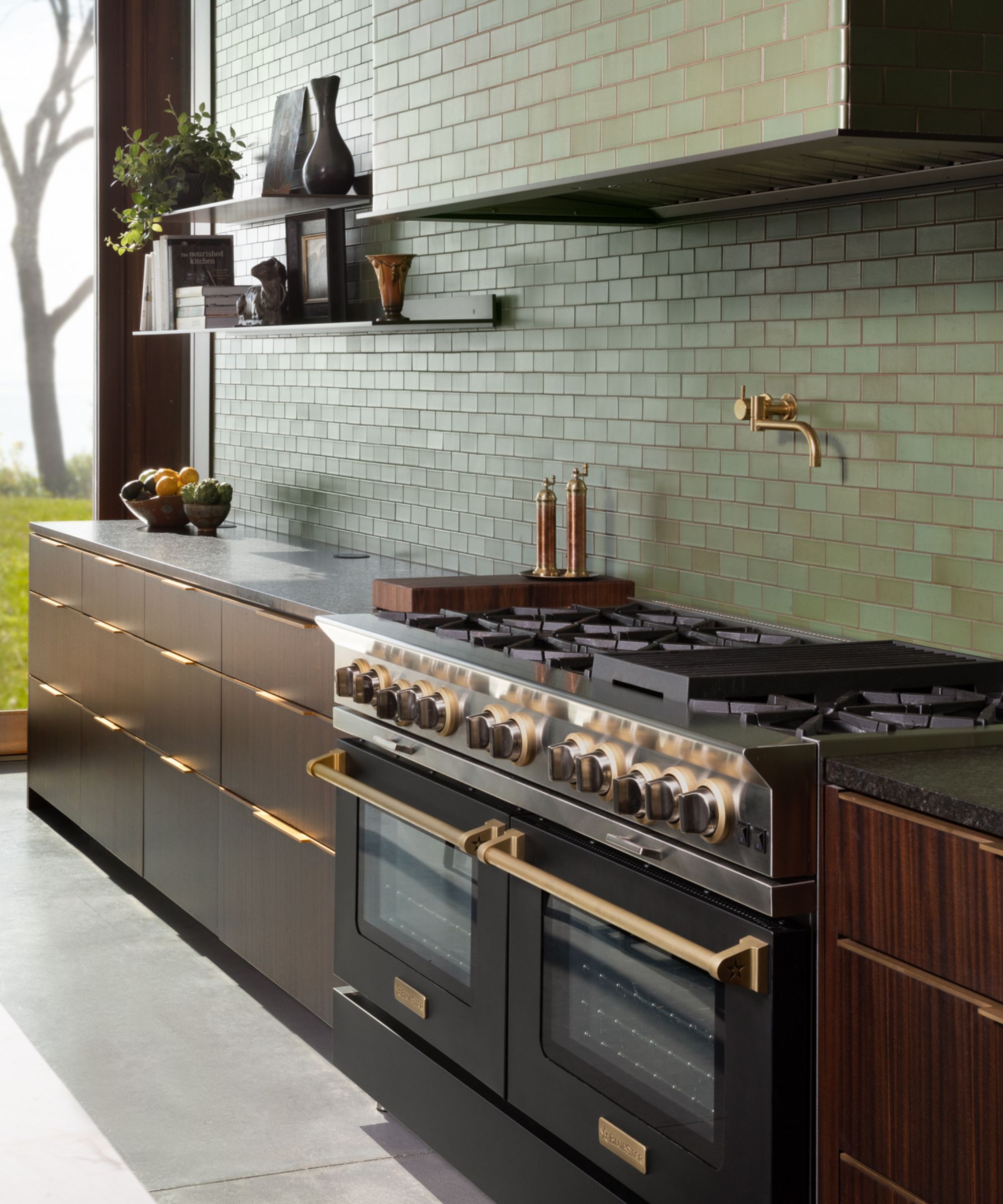
Having a second pair of eyes can make decisions easier.
If you really, really, resent decluttering, it might be a sign you need to hire a professional organizer. Not only can they help with the clutter, but they can help form a better relationship with organizing to avoid decluttering resentment in the future.
You don’t just have to seek help from an expert, either. Regina urges, ‘Decluttering is decision-heavy, and a supportive buddy can keep you moving, grounded, and laughing. Bonus if they’re not emotionally attached to your stuff. Extra bonus, you get to go out for a good meal afterward!’
This is where body-doubling and the temptation method can really help. You can also turn decluttering into a family bonding activity to rally the troops and spread the load.
7. Change your mindset
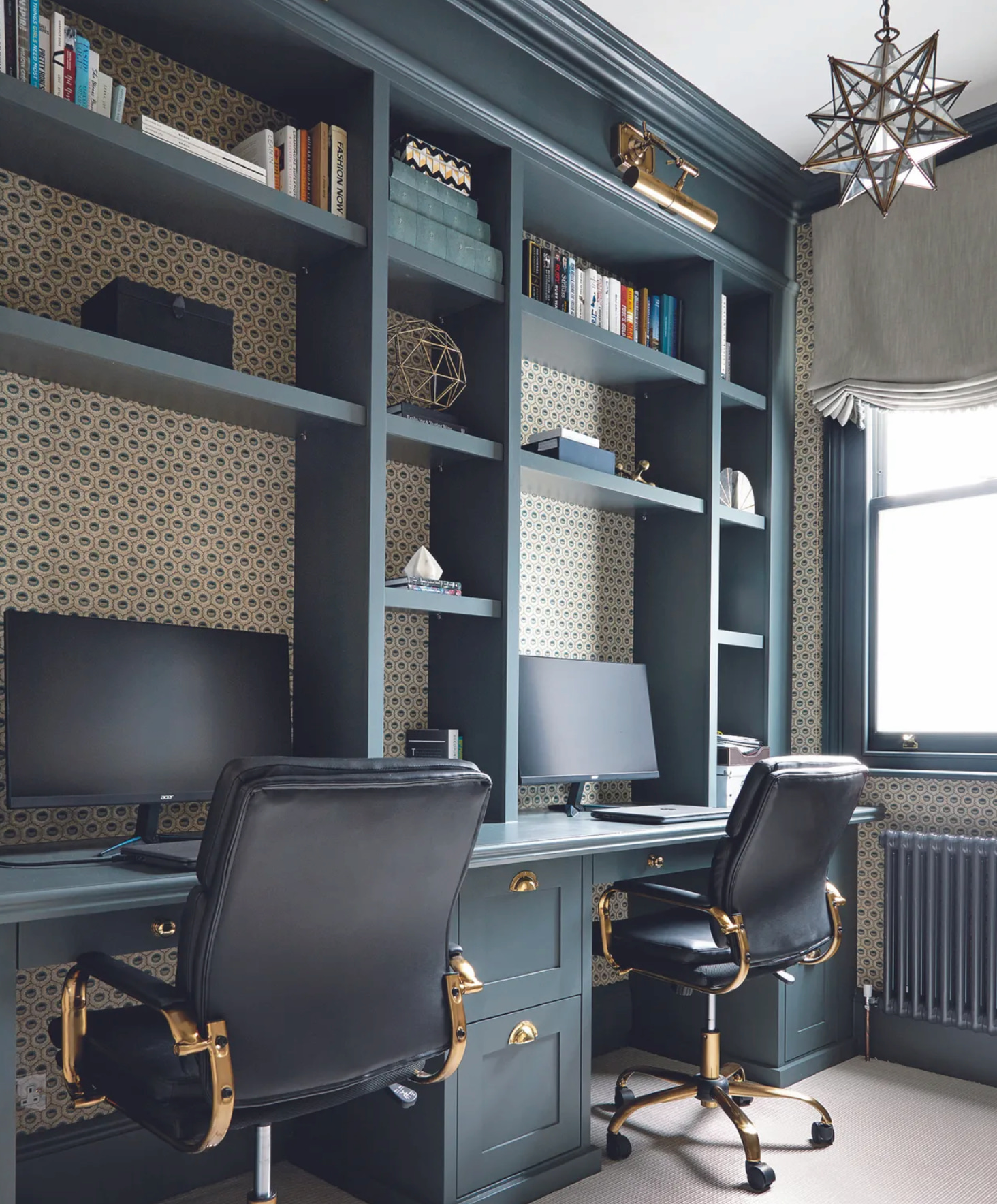
Go into the task as positively as you can for positive results.
You may not be able to convince yourself that decluttering is fun, but changing the way you talk about decluttering can help you avoid resentment.
Brenda suggests, ‘Reword 'decluttering' to 'freeing up for more life'. Clutter and purging have a negative feeling about it and this makes people feel bad that they have stuff that has gotten out of control. If we start with a positive frame of mind then the process will go smoother, less feelings of failure and excitement for the outcome and new possibilities.’
A good way to do this is to use reverse decluttering and focus on the positives and what you want to keep, rather than what you want to get rid of. Marie Kondo’s The Life-Changing Magic of Tidying Up, available at Amazon, is the perfect guide to help you find joy in decluttering and organizing.
8. Make your environment nicer
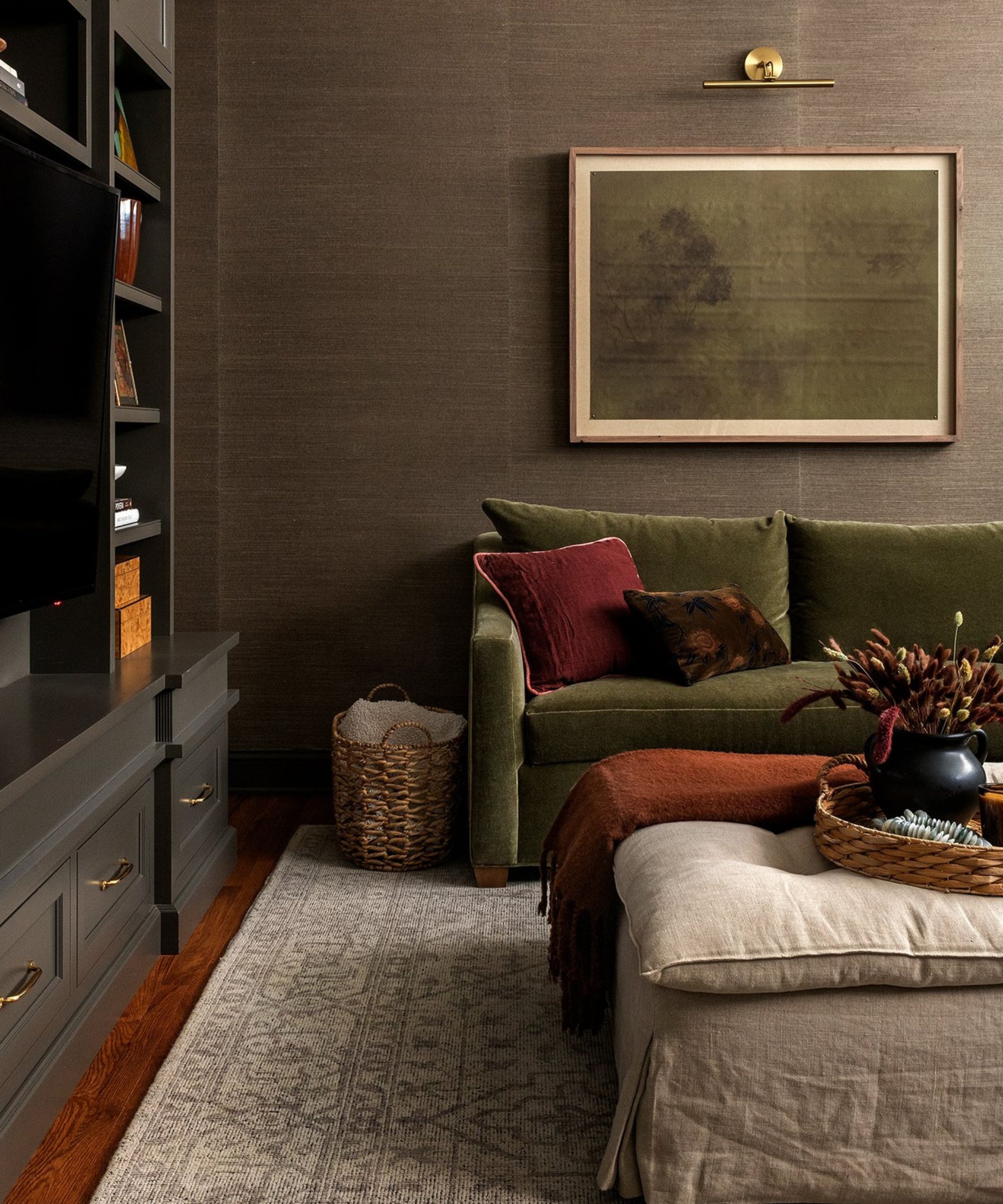
Watch a TV show or listen to music in the background to take the formality out of decluttering.
Believe it or not, it is possible to hack your brain to make chores easier, usually by improving your environment to make it more conducive for productivity.
Brenda recommends, ‘Play some music while you sort and edit. This keeps your mind on task and reduces the wandering mind games. Making it pleasant and fun will create an enjoyable task instead of a dreaded chore. Dance and sing while you go! Just like the song goes " Whistle while you work". It makes the task fun!’
9. Celebrate success
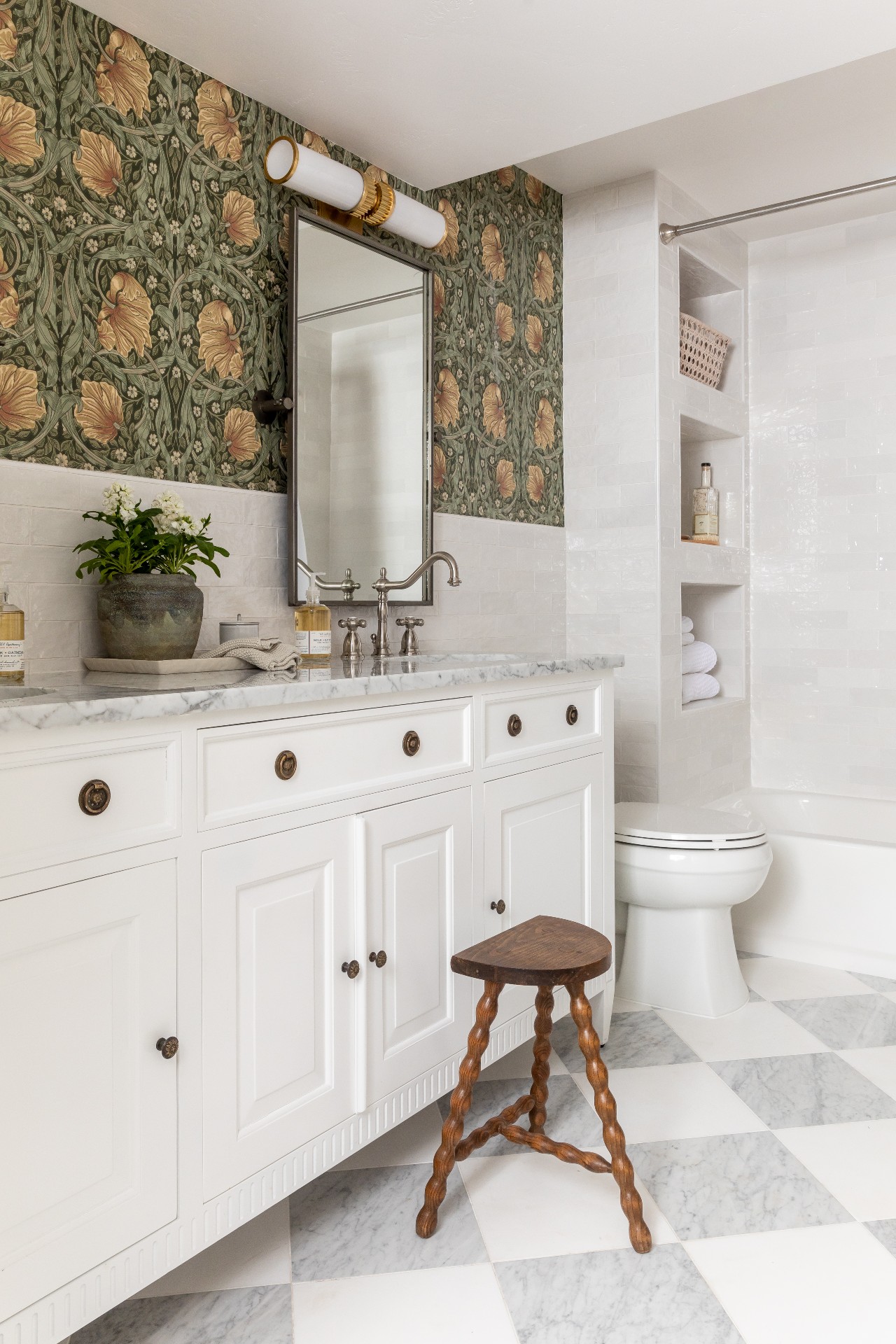
Any and all progress is positive.
Every time you check something off of your decluttering checklist is a time to celebrate, Carrol urges.
For example, she shares, ‘You don’t have to sort every piece of sentimental clutter in one sitting. Gathering all your cards, letters, or mementos into one spot is a win that should be celebrated. Set a time to revisit that category when you’re in the right headspace. Creating follow-ups is still a meaningful part of the process.’
Sometimes, having a physical to-do list, from Walmart, where you can manually cross out items can make the task feel that little bit less daunting, too.
10. Stay consistent
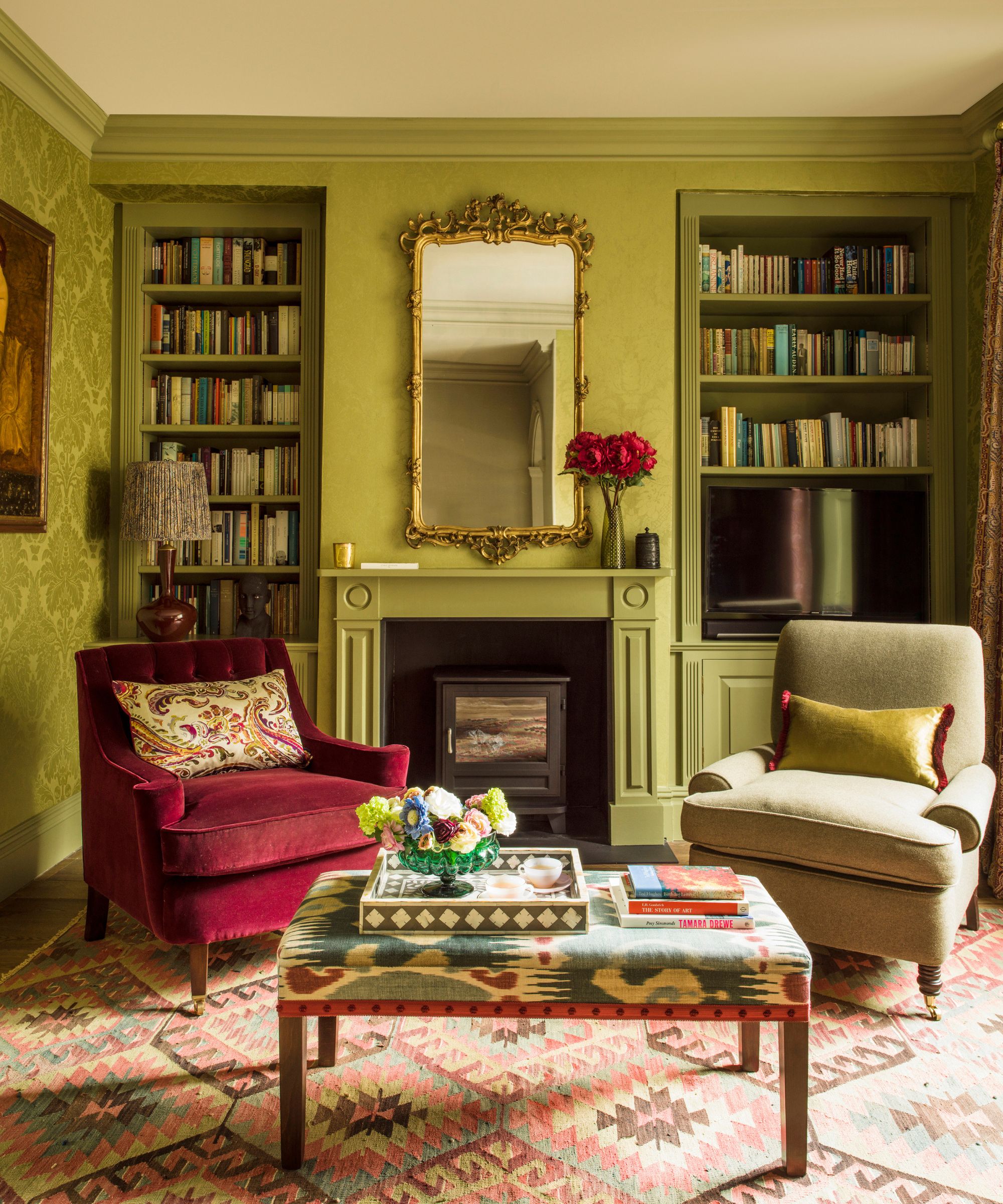
Revisit tasks regularly to stay on top of mess before it becomes overwhelming.
Unfortunately, decluttering is not a once-and-done task. Audra concludes, ‘Consistency is key! Being consistent over time and continuing to declutter and be mindful of what you are bringing into your home will pay off long term.’
Luckily, the more you do it, the less you will have to sort through in the future, making each decluttering session easier and easier.
What to shop
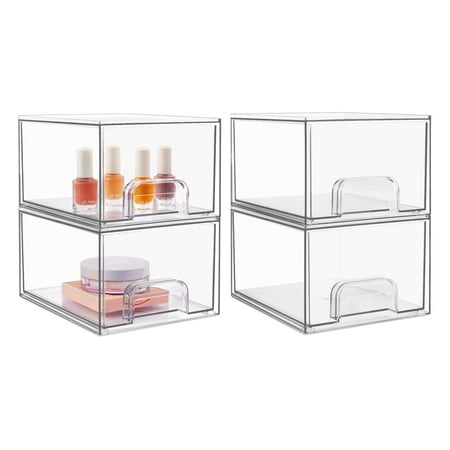
One of the best ways to prevent clutter in the future is to organize your home in a way that prevents duplicates and makes things easy to find and put away. These clear drawers make good use of vertical shelf space, let you see everything at a glance, and contain clutter within boundaries.

Under-bed storage is a great way to expand on your existing storage space, be it for storing your off-season items or offering a place for your bulkier linens. These bags on wheels make them easy to pull out quickly and access as needed.
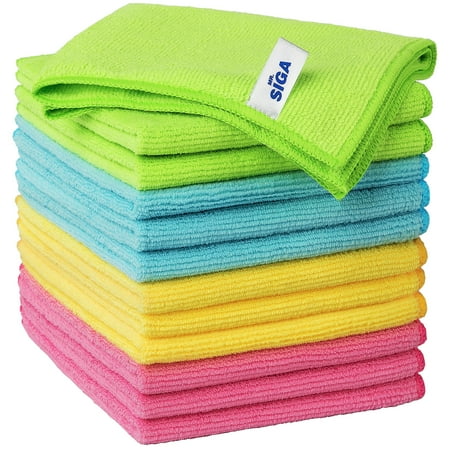
If you have the time and energy, consider cleaning and dusting shelving and storage as you go. Microfiber cloths pick up dust and debris quickly so that cleaning doesn't make decluttering feel even harder.
FAQs
Why is decluttering so mentally exhausting?
Decluttering involves making a series of big decisions and changes in relatively quick succession, often resulting in stress and feelings of both physical and mental exhaustion. To reduce this, do little and often, rather than trying to declutter a whole house in one day, spreading out the decisions to reduce fatigue and minimize the risk of decluttering resentment.
Meet the experts

Audra George has over 12 years of experience working in clients' homes. Her passion is to help others and to organize and help busy families get their spaces in order.

Brenda Scott is passionate about home organizing, decluttering, and creating a safe home. At Tidy My Space, she helps people to keep their homes tidy when life gets busy. Brenda shares useful tips and gives practical help with sorting and editing her clients' spaces, leading them to feel less stressed and bringing the luxury of time to be spent with family, friends, or on themselves.

Neatly & Co., founded by Carroll Cartwright in 2020, specializes in organizational design and crafting custom storage solutions for homes, offices, and beyond.

Dr. Regina Lark is an Organizing and Productivity Specialist based in Los Angeles. In 2008 she founded A Clear Path, Silk Touch Moves, and recently, Speaking of Clutter.
Don’t forget that anything that makes decluttering easier is a certified win for avoiding decluttering resentment. Start with these decluttering rules to break, for instance, to easily shave time off this chore.

Chiana has been at Homes & Gardens for two years and is our resident 'queen' of non-toxic living. She spends most of her time producing content for the Solved section of the website, helping readers get the most out of their homes through clever decluttering, cleaning, and tidying tips. She was named one of Fixr's top home improvement journalists in 2024.